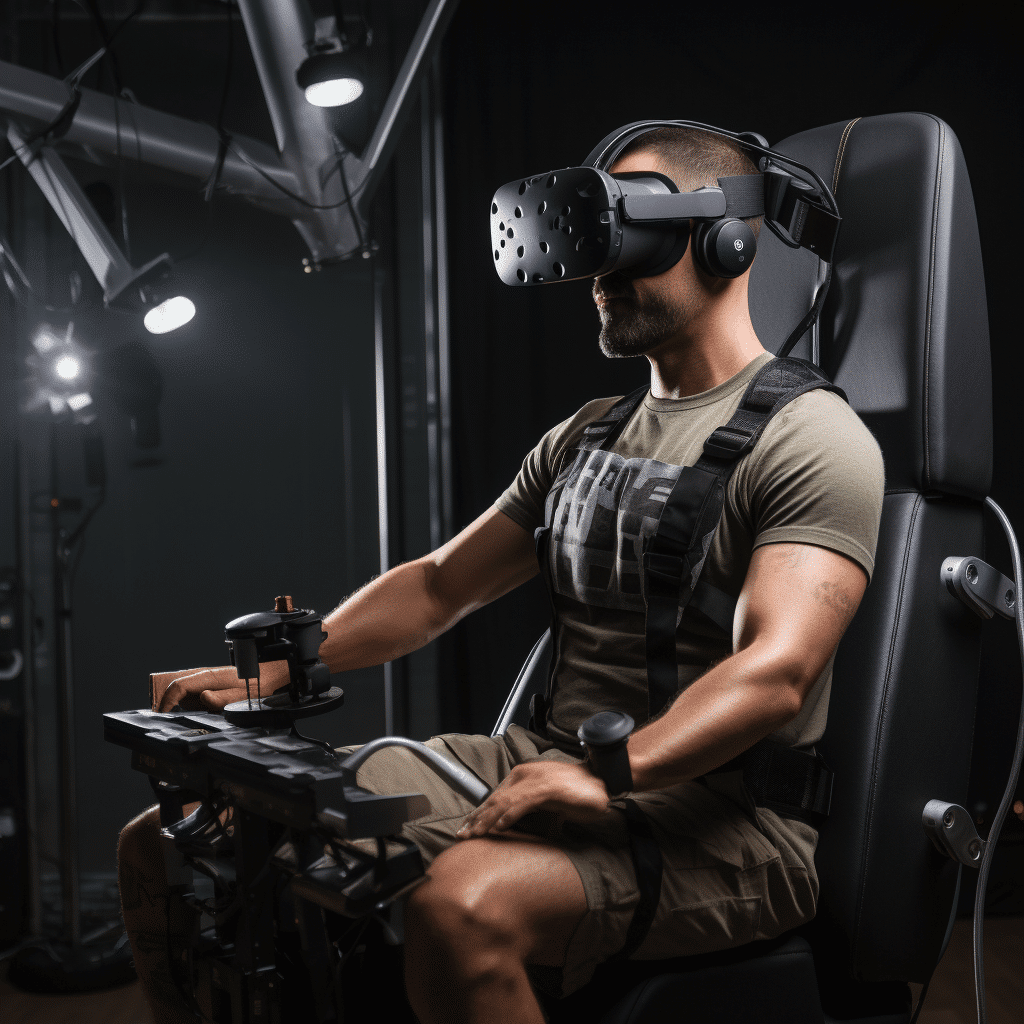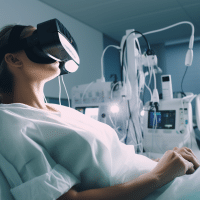
Physical therapy has long been an essential component of recovering from injuries, surgeries, or chronic conditions. Traditionally, patients have relied on a range of exercises and techniques under the guidance of skilled therapists to regain their mobility and strength. However, the landscape of physical therapy is undergoing a profound transformation thanks to the integration of virtual reality (VR) technology. This innovative approach, known as virtual rehab, is revolutionizing the way patients engage in their rehabilitation journeys. Let’s dive into the remarkable ways in which VR is reshaping the world of physical therapy.
What is Virtual Rehab and How Does It Work?
Virtual rehab refers to the use of virtual reality technology to enhance and optimize the physical therapy process. By immersing patients in simulated environments, VR rehab offers a dynamic and engaging platform for therapeutic exercises. Through VR headsets, patients can interact with a digital world that mimics real-life scenarios, all while performing prescribed exercises tailored to their specific needs.

A Fusion of Technology and Healing
Picture stepping into a world where the boundaries between the real and the virtual blur, where your movements in a digital environment have tangible impacts on your physical progress. VR rehab encapsulates this concept, fusing cutting-edge virtual reality technology with the essence of rehabilitation. At its core, virtual rehab offers patients an interactive and dynamic way to engage with their therapeutic routines. Through the medium of VR headsets, patients find themselves immersed in carefully crafted virtual landscapes, each designed to address specific aspects of their recovery journey.
The Benefits of Virtual Rehab
The adoption of virtual rehab brings forth a multitude of advantages that elevate the traditional physical therapy experience. Some of the key benefits include:
- Enhanced Engagement: Traditional physical therapy exercises can sometimes become monotonous and repetitive, leading to decreased motivation. VR rehab addresses this challenge by providing an interactive and immersive experience. Patients are more likely to stay engaged when they are actively participating in a virtual environment that captures their attention.
- Personalization: Every patient’s rehabilitation journey is unique, and virtual rehab accommodates this diversity by allowing therapists to customize exercises to suit individual needs. Whether it’s regaining mobility after a joint replacement or improving balance, VR technology enables tailored routines for each patient.
- Data-Driven Progress Tracking: In traditional physical therapy, tracking progress can be subjective. VR rehab integrates data collection, enabling therapists to monitor a patient’s range of motion, movement accuracy, and improvements over time. This data-driven approach enhances treatment decisions and facilitates evidence-based adjustments to the therapy plan.
- Reduced Fear and Anxiety: Certain physical therapy exercises can induce anxiety or fear, especially if they involve pain or discomfort. VR rehab provides a controlled environment where patients can gradually expose themselves to such exercises, leading to decreased anxiety and improved confidence in their abilities.

Applications of VR Rehab
Virtual rehab’s versatility extends across various medical domains, proving its potential to transform the landscape of physical therapy in numerous ways:
Orthopedic Rehabilitation
Orthopedic injuries, such as fractures and joint surgeries, require meticulous rehabilitation to regain mobility and strength. VR rehab introduces engaging exercises that facilitate joint movement and muscle activation. Patients can visualize their progress through interactive simulations, motivating them to consistently pursue their recovery goals.
Neurological Rehabilitation
Neurological conditions like stroke or spinal cord injuries can significantly impair motor function. Virtual rehab serves as a dynamic tool for retraining the nervous system. Patients can engage in activities that challenge their motor skills while benefiting from real-time feedback provided by the VR system.
Pain Management
Chronic pain management often involves therapeutic exercises that might initially worsen discomfort. Virtual rehab employs distraction techniques, immersing patients in captivating virtual scenarios while they perform exercises. This distraction can alleviate pain perception and increase exercise compliance.
The Future of Physical Therapy: A Digital Revolution
As technology continues to advance, the future of VR rehab holds even more exciting possibilities:
Tele-Rehabilitation
The integration of VR rehab with telemedicine could bridge the gap between patients and therapists, particularly in remote or underserved areas. Patients can receive real-time guidance from their therapists through virtual sessions, ensuring proper exercise execution and progress tracking.
Gamification of Rehab
Gamified elements within VR rehab can make the process even more engaging. Interactive games that require specific movements can transform therapy sessions into enjoyable challenges, encouraging patients to surpass their own limits while having fun.

Considerations and Challenges
While virtual rehab offers a plethora of advantages, there are certain considerations to keep in mind:
Accessibility and Affordability
VR technology, though becoming more accessible, might still pose financial barriers for some patients. Ensuring that virtual rehab remains affordable and inclusive is essential to prevent technology-driven disparities in healthcare.
Proper Supervision
Although VR rehab allows patients to perform exercises independently, appropriate supervision and guidance from trained therapists remain crucial. Therapists need to monitor progress, adjust exercises, and address any concerns that arise during the virtual rehab process.
The Evolution of VR Gaming: From Pixels to Immersive Realism
In Conclusion
VR rehab is ushering in a new era of physical therapy, where patients actively engage with their rehabilitation in immersive and personalized ways. As technology continues to evolve, its integration with traditional therapies holds the potential to revolutionize how we approach recovery and wellbeing. By combining the benefits of advanced technology with the expertise of skilled therapists, virtual rehab is truly transforming the landscape of physical therapy, one virtual step at a time.


















